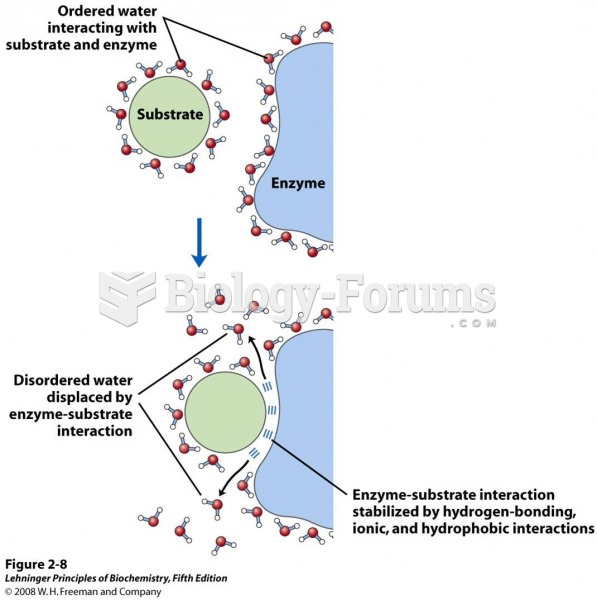Answer to Question 1
A
Answer to Question 2
Scientific studies show that large predatory fish, called keystone species or top predators, are a vital part of healthy marine ecosystems. For instance, they prevent smaller fish from overrunning and potentially destroying ocean ecosystems. They also increase ecosystem health by culling sick and old populations of marine herbivores. Removing large predators from the marine environment often has unintended consequences. One example is the recent population explosion of the American (Maine) lobster in the North Atlantic Ocean. In the mid-1990s, the lobster's main predatorcodwas overfished and its numbers greatly reduced. As a result, the American lobster population increased to record numbers, which at first seems like a good thing but too many scavenging lobsters can disturb the ocean's ecological balance. Another example is the overfishing of large predatory sharks which has led to an explosion of their prey species, rays, skates, and small sharks. In 2004, for instance, the overabundance of rays, which feed primarily on scallops and crustaceans, decimated the populations of these species in some areas and caused the permanent closure of North Carolina's century-old bay scallop fishery. Coral reef ecosystems are being affected by the removal of large predators, too. For example, the removal of large reef residents such as sharks reduces predation and competition, which can clear the way for smaller fish to proliferate. The removal of large fish like parrotfish and surgeonfishboth herbivores that eat algae from reefsincreases the number of smaller nonherbivore fish. As a result, algae can overgrow and cover coral reefs, which then blocks sunlight, denies nutrients for corals, and ultimately suppresses coral growth.







